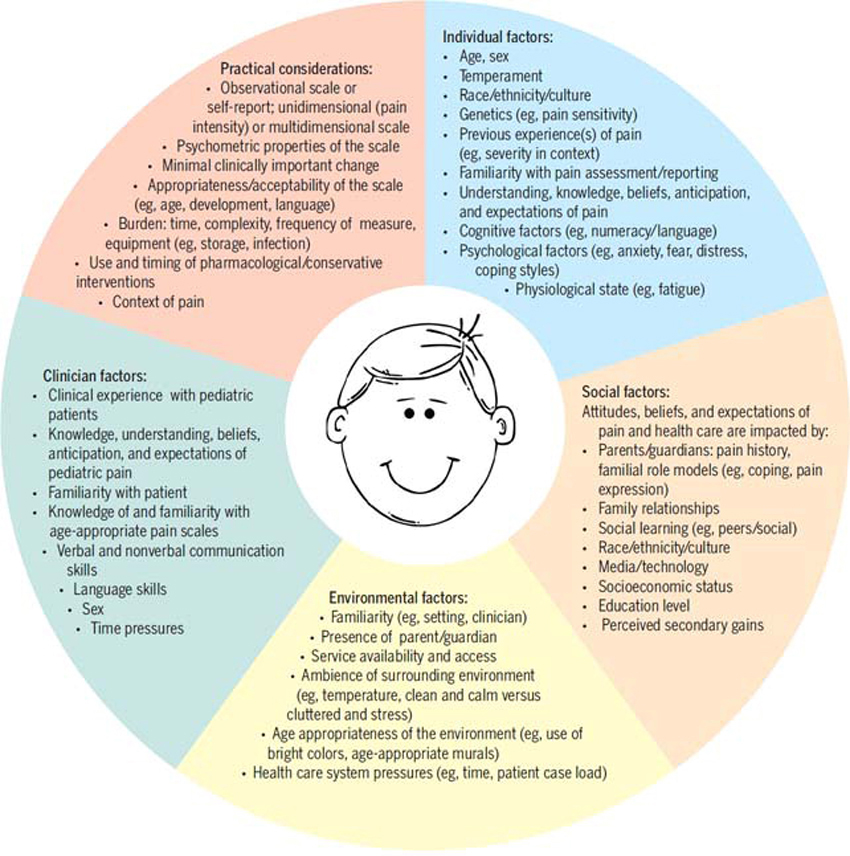ACOEM Recognizes the Value of Chiropractic for Chronic Spinal Pain
SOURCE: Dynamic Chiropractic 2008 (Sep 23); 26 (20): 1
Tina Beychok, Associate Editor
Pain is the most prevalent health condition among U.S. workers and the most expensive in terms of lost productivity. Recent studies suggest more than six in 10 adults over the age of 30 experience chronic pain. Furthermore, health care expenditures for back and neck pain have risen to more than $80 billion a year in the U.S. – a dramatic increase over the past eight years, without evidence of improved health. In addition to the costs of lost productivity, an estimated $64 billion per year is lost due to workers continuing to work, even though pain reduces their job performance. This phenomenon is called “presenteeism.”
Unfortunately, workers’ comp can be a quagmire of contradictory and insufficient rules and regulations as to what treatments are and aren’t covered. The American College of Occupational and Environmental Medicine (ACOEM) has been in the process of revising its Occupational Medicine Practice Guidelines, which have not always taken a positive view of chiropractic manipulation. In fact, the second edition of the guidelines, released in 2005, was heavily criticized by some in the chiropractic community. [1]
ACOEM’s latest chronic pain guidelines (a chapter of the overall guidelines) may represent a step in the right direction in terms of recognizing the value of chiropractic care. The guidelines actually recommend manipulation for chronic, persistent low back or neck pain and cervicogenic headache. [2] This is significant because in the past, the guidelines failed to recommend manipulation, even when other treatment strategies (medication, etc.) were rated as less effective.
At best, manipulation was listed as an “option” for certain conditions. It should be noted that the revised chronic pain guidelines do not recommend manipulation for neuropathic pain, chronic regional pain syndrome, areas other than the neck or back, or for regular/routine use.
The evidence-based guidelines include more than 200 recommendations for chronic pain, developed by a multidisciplinary panel and reviewed by leading medical and health organizations. The recommendations focus on treatments for several chronic pain conditions including complex regional pain syndrome (CRPS), neuropathic pain, trigger points/myofascial pain, chronic persistent pain, fibromyalgia and chronic low back pain. The recommendations are based on more than 1,500 references, including 546 randomized, controlled trials.
Guidelines of interest to the chiropractic profession include the following:
Recommendation: Manipulation or Mobilization for Chronic Persistent Low Back or Neck Pain
-
A brief course of mobilization or manipulation is moderately recommended for treatment of chronic, persistent low back or neck pain.
-
Frequency/Duration – In patients with good functional outcomes that include return to work following manipulation, 1 to 2 manipulations every 3 to 6 months to maintain at-work status, provided there is adherence to a conditioning program consisting of aerobic and strengthening exercises. Manipulation and mobilization should be combined with aerobic and strengthening exercise and education to avoid dependence. Number of treatments should be dependent on the response. Functional improvement (not just minor improvements in pain rating) and program progression should be documented when reevaluated after 6 visits. Substantial additional functional response (e.g., return to work or ADL, ability to tolerate exercise, reduced medication use) should be documented at each subsequent reevaluation within 3 to 6 visit intervals.
-
Indications for Discontinuation – Lack of demonstrated continued functional response should result in either a change to an alternative manipulation or mobilization program (e.g., switching from a low- to a high-force procedure) or discontinuation of the intervention.
Strength of Evidence – Recommended
Read the rest of this Full Text article now!





I would like to know who was on the multidisciplinary panel and what chiropractic research was reviewed. It still seems that the medical community is trying to take a square peg and make it fit into a round hole. There are too many variances involved with the chiropractic patient to relegate what the patient needs. But, it good to see some progress being made. It would be interesting to see if any of the panel ever experienced chiropractic care!